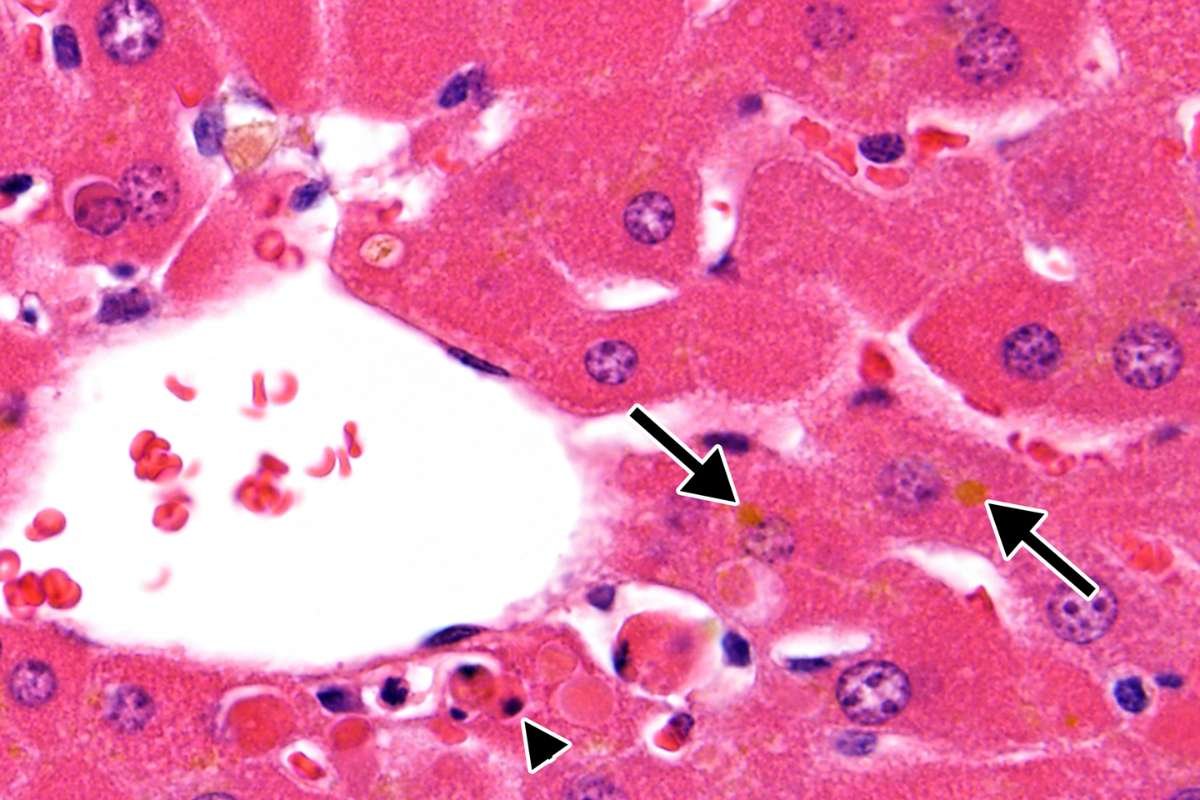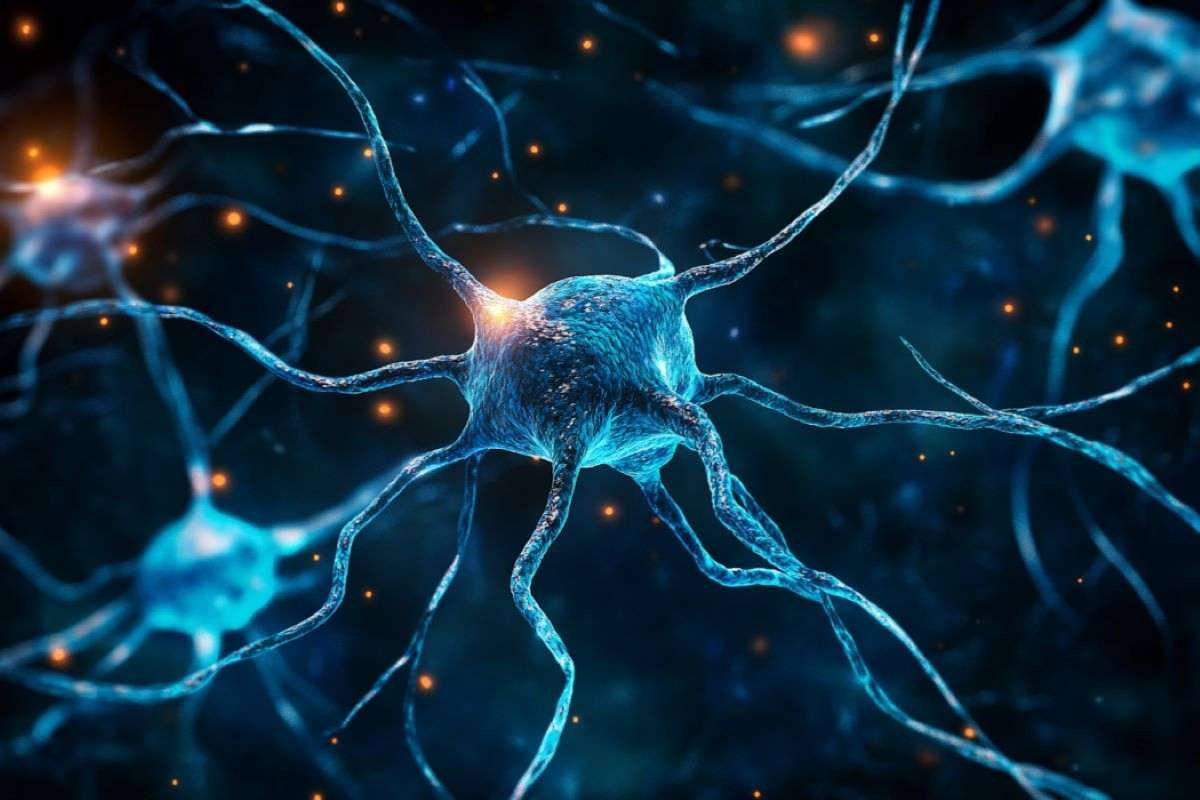Hepatocyte cells are the main functional cells of the liver, responsible for a wide range of vital physiological functions. As the largest internal organ in the human body, the liver is involved in detoxifying chemicals, metabolizing nutrients, and producing essential proteins. Hepatocyte cells play a critical role in maintaining homeostasis, ensuring the proper functioning of many metabolic pathways that are central to human health. This article delves into the structure, function, and importance of hepatocyte cells in the body.
What Are Hepatocyte Cells?
Hepatocyte cells are specialized, polygonal-shaped cells that make up about 70-80% of the liver’s mass. They are primarily located in the liver lobules, which are the functional units of the liver. These cells are rich in organelles such as the rough endoplasmic reticulum (for protein synthesis), mitochondria (for energy production), and the smooth endoplasmic reticulum (for detoxification). Hepatocytes are pivotal for carrying out a wide variety of processes, including metabolism, storage, and secretion, that are crucial for overall bodily function.
Hepatocyte cells are capable of regenerating themselves, a unique feature that sets them apart from many other cell types in the body. This regenerative ability is vital in cases of liver injury, where hepatocytes can proliferate and restore liver function, although this process can be hindered in chronic liver diseases.
The Role of Hepatocyte Cells in Metabolism
One of the key roles of hepatocyte cells is in the metabolic regulation of the body. The liver is responsible for metabolizing carbohydrates, proteins, and fats, and hepatocytes are the driving force behind these processes.
1. Carbohydrate Metabolism
Hepatocyte cells regulate blood sugar levels by storing glucose as glycogen (a process known as glycogenesis) and releasing glucose into the bloodstream when needed (through glycogenolysis and gluconeogenesis). This balance ensures that blood glucose levels remain stable, providing a steady energy supply to cells throughout the body.
2. Lipid Metabolism
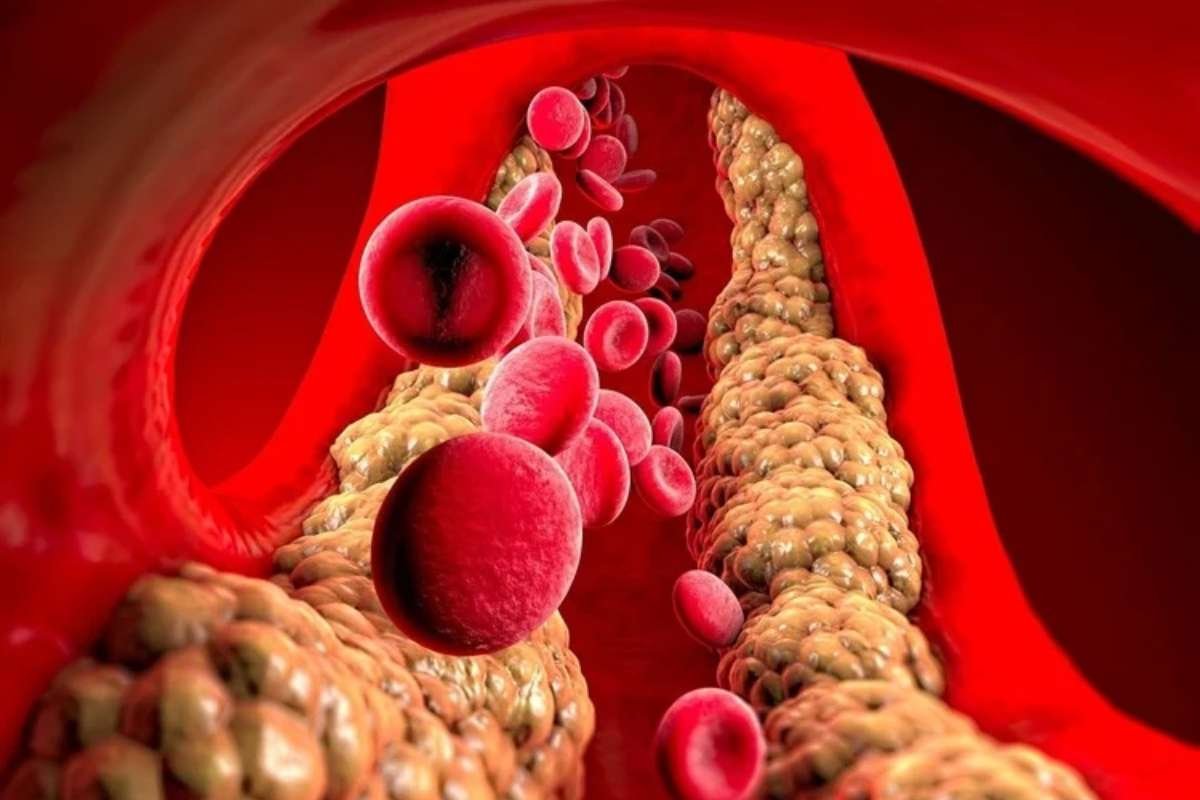
Hepatocytes are also essential for lipid metabolism. These cells produce cholesterol and triglycerides, which are crucial for energy storage and cellular function. Moreover, hepatocytes participate in the synthesis of lipoproteins that transport lipids throughout the body, particularly to the tissues that require them for various cellular processes.
3. Protein Metabolism
The synthesis of plasma proteins, including albumin, clotting factors, and enzymes, is another important function carried out by hepatocyte cells. Albumin, the most abundant protein in blood plasma, plays a critical role in maintaining oncotic pressure and transporting various substances, including hormones and drugs.
Detoxification and Detoxifying Enzymes in Hepatocyte Cells
The liver’s ability to detoxify harmful substances is another crucial function carried out by hepatocyte cells. These cells contain a variety of enzymes, including cytochrome P450 enzymes, which break down and neutralize toxins, drugs, and other potentially harmful substances. This detoxification process ensures that harmful metabolites are safely removed from the bloodstream, protecting the body from various diseases and disorders.
For instance, hepatocyte cells are responsible for metabolizing alcohol and drugs, transforming them into less toxic compounds that can be excreted through urine or bile. These cells also process ammonia, a toxic byproduct of protein metabolism, converting it into urea, which is then excreted by the kidneys.
Hepatocyte Cells and Bile Production
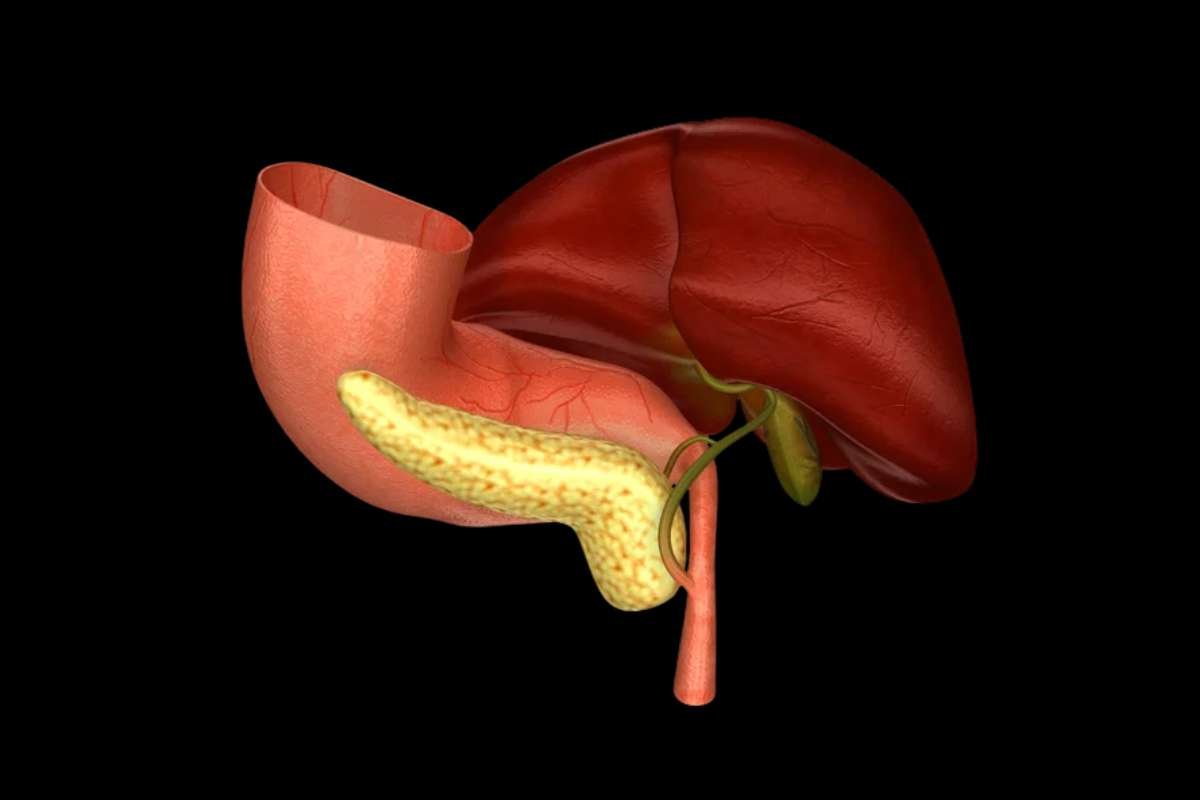
In addition to their role in metabolism and detoxification, hepatocyte cells are also responsible for the production of bile. Bile is a digestive fluid that aids in the breakdown of fats in the small intestine. Hepatocytes synthesize bile components such as bile acids, bilirubin, and phospholipids, which are then secreted into bile canaliculi, small ducts within the liver that converge to form the bile ducts. Bile is transported to the gallbladder, where it is stored until it is needed for digestion.
The liver’s ability to produce bile and detoxify substances is an essential part of maintaining the body’s equilibrium. Without functioning hepatocyte cells, the body would not be able to efficiently digest fats or eliminate toxins, leading to a variety of health issues.
Hepatocyte Cells in Liver Regeneration
One of the most remarkable properties of hepatocyte cells is their regenerative capacity. In cases of liver injury, such as after a toxic exposure or in response to a chronic condition like cirrhosis, hepatocytes cells have the ability to proliferate and restore liver function. This regenerative process is initiated by signals from injured liver cells, which stimulate hepatocytes to divide and regenerate tissue.
However, this regenerative ability is not unlimited. In chronic liver diseases, such as hepatitis or fatty liver disease, hepatocyte cells may undergo fibrosis, a process in which the liver becomes scarred and loses its ability to regenerate. Over time, this can lead to liver failure. Therefore, protecting the health of hepatocytes is vital to maintaining overall liver function.
Diseases Affecting Hepatocyte Cells
Several diseases can damage hepatocyte cells, leading to impaired liver function. These include:
1. Hepatitis
Hepatitis is an inflammation of the liver, often caused by viral infections (such as Hepatitis B or C). The infection can lead to damage of hepatocyte cells, impairing the liver’s ability to carry out essential functions. Chronic hepatitis can result in cirrhosis, where liver tissue is replaced by scar tissue, impairing regeneration.
2. Fatty Liver Disease
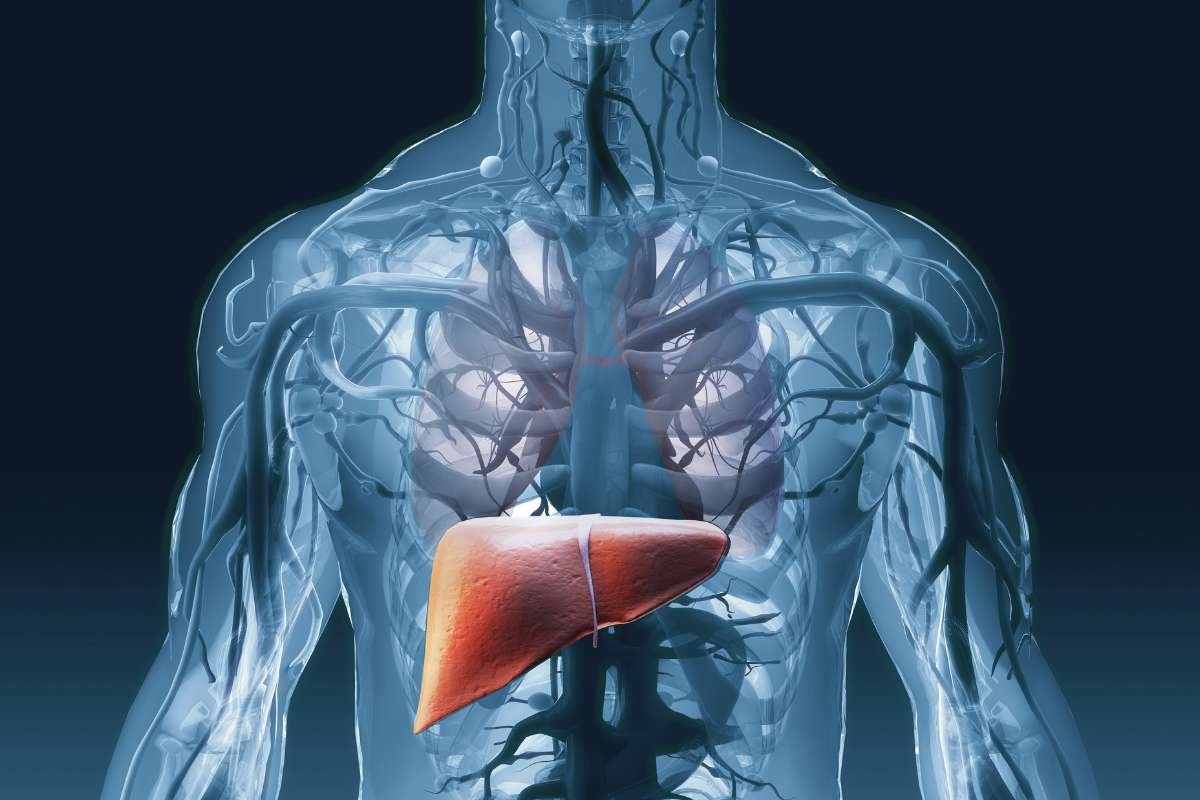
Non-alcoholic fatty liver disease (NAFLD) and alcoholic fatty liver disease (ALD) are conditions where excess fat builds up in hepatocyte cells, leading to inflammation and liver dysfunction. If left untreated, fatty liver disease can progress to cirrhosis, further hindering the liver’s regenerative abilities.
3. Cirrhosis
Cirrhosis is a result of long-term liver damage, often caused by chronic alcohol consumption, viral hepatitis, or fatty liver disease. In cirrhosis, hepatocytes cells are damaged and replaced by scar tissue, impairing the liver’s ability to function properly.
Use of Human Liver Cells in Microphysiology Systems Presented by Dr. Larry Vernetti
Conclusion
Hepatocyte cells are indispensable to the proper functioning of the liver, and by extension, to the overall health of the human body. These cells carry out a range of critical tasks, from metabolism and detoxification to bile production and liver regeneration. Protecting the health of hepatocytes is crucial for preventing liver diseases and ensuring that the liver can continue to perform its essential roles. Whether through a healthy diet, avoiding excessive alcohol consumption, or managing chronic conditions, maintaining the health of hepatocyte cells is key to promoting long-term liver function and overall well-being.

